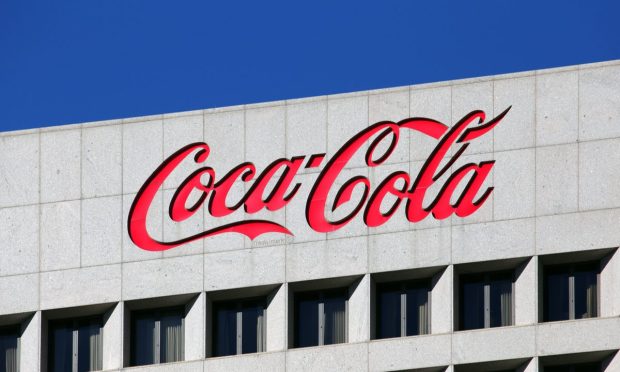Coca-Cola Predicts COVID-19 ‘Aftershocks’ Throughout 2022, Targets Digital-First Gen Z

Throughout the pandemic, Coca-Cola has been more cautious than most businesses in its outlook on the future, despite its strong performance in recent quarters. In fact, perhaps its success can be attributed to this very vigilance. On a call with analysts Wednesday (Oct. 27) discussing the company’s strong third-quarter results, Chairman and CEO James Quincey shared that he believes a “post-pandemic” market remains a long way away.
“We have momentum in the business again,” Quincey said. “Who knows what will happen with variants, potential lockdowns, but we do see the world emerging from the crisis. A bit like an earthquake — you get more aftershocks, but the consequent aftershocks tend to be smaller than the early ones, and that’s kind of how we see 2022.”
While nobody can predict with any certainty what the future holds in terms of the virus, Coca-Cola’s forecasts are more informed than the average guess. In the second quarter of 2020, the company assembled a team that used information about the progression of past global crises over the previous century to make more informed projections about the course of the pandemic. Quincey noted back in February that the way the crisis played out around the world “quite closely followed the scenarios in our model.”
See also: Coca-Cola Looks To Past Crises To Predict 2021 Performance
Granted, Coca-Cola can afford to express greater caution than businesses that rely more heavily on away-from-home channels without setting off alarm bells, given the company’s strong at-home business. While lockdowns took a significant toll on sales, by the fourth quarter of 2020, the final quarter in which the vast majority of people in major markets were still in lockdown, revenues were down only 5%.
Looking toward the longer-term future, the company announced in late September a marketing push targeted at younger consumers, aiming to be savvier about catering to their digital habits through promotions launched on livestreaming platform Twitch, among other online initiatives.
“The Real Magic platform takes a digital-first approach, and our execution features a range of experiences that are tailored to Gen Z and leverage passion points like gaming and music to attract the new generation of drinkers,” said Quincy.
Gen Z consumers could be a more difficult market to attract for a legacy brand such as Coca-Cola, given their desire for novelty. PYMNTS’ study D2C And The New Brand Loyalty Opportunity, created in collaboration with Sticky.io, which surveyed around 2,200 United States consumers in June 2020, found that 58% of Gen Z consumers reported that they had purchased from new food and beverage brands, with each older generation increasingly less likely to say that they had done the same, plateauing at baby boomers and seniors, of whom only 38% had tried new brands.
Related news: NEW DATA: Why Consumers Are Buying Direct
For its part, Coca-Cola announced its still relatively new hard seltzer brand, Topo Chico, in mid-2020, and in Q3 the brand rolled out a new Coca-Cola Zero Sugar recipe, but the company remains largely focused on its well-known core products. However, this may be offset by consumers’ recent focus on brands to which they feel a strong attachment, as highlighted by competitor PepsiCo earlier this month.
“Across the world, consumers seem to be looking at pricing a little bit differently than before,” PepsiCo Chairman and CEO Ramon Laguarta told analysts. “Consumers are shopping faster in-store, and they might be paying less attention to pricing as a decision factor, and there might be even more relevance to the brands that they feel closer to and more emotionally attached to.”
See also: Emotional Attachment to Brands Outweighs Price Concerns, Says PepsiCo CEO
